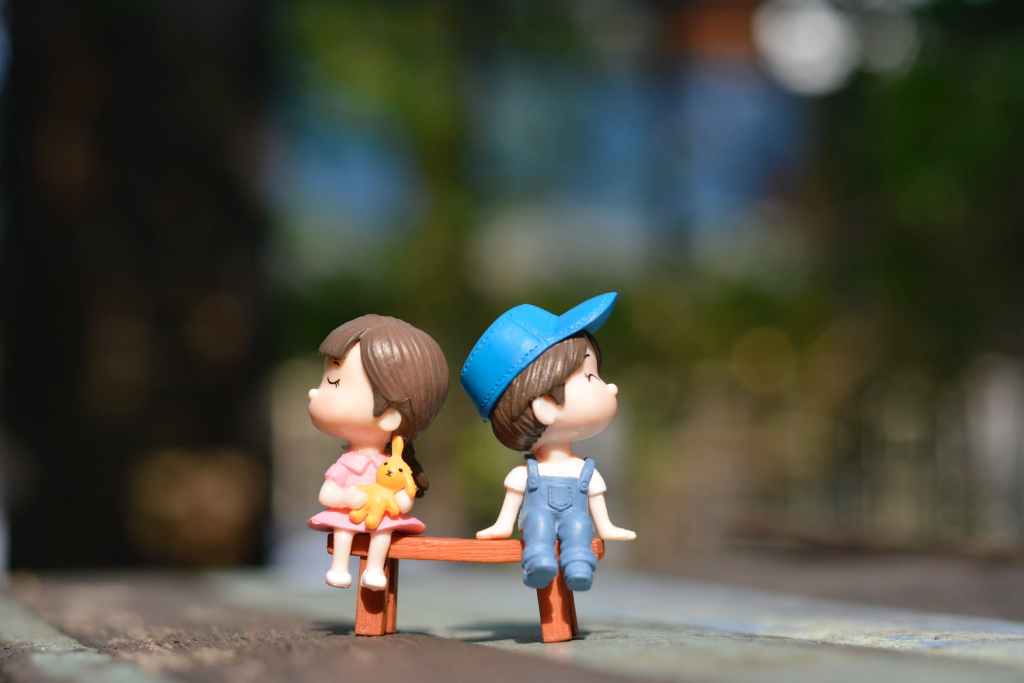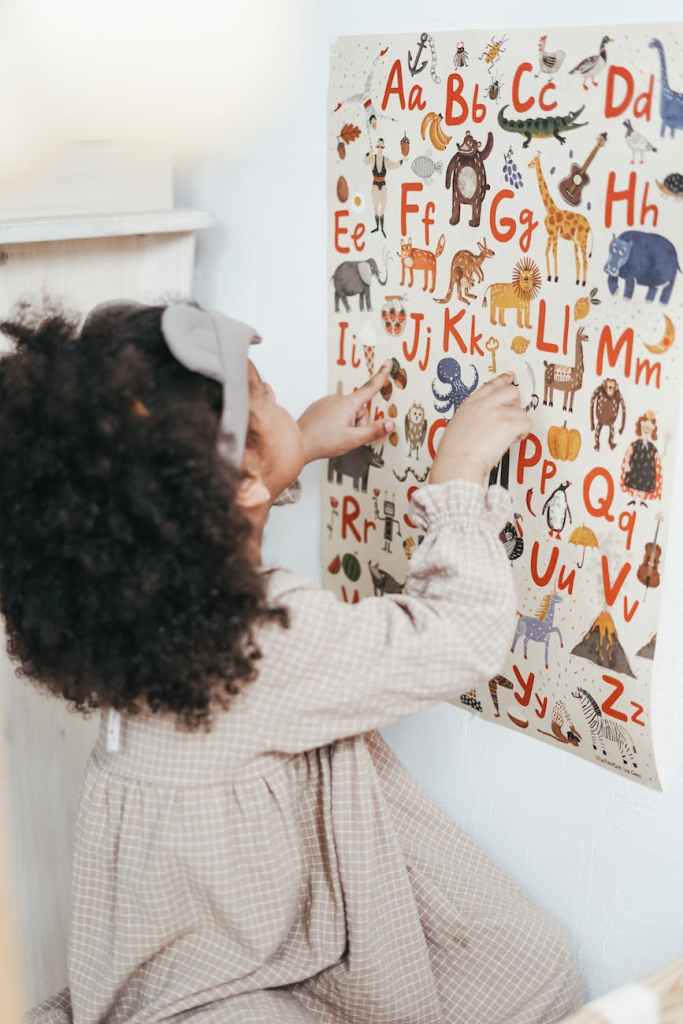No Such thing as a Bad Kid…Remember that!

Instead of asking: “What’s wrong with him or her?” Ask, “What happened to him or her?” This will help you guide and have a better relationship with the children and grown ups in your life.
In a society that is in a rush to label, diagnose fix and break, be the exact opposite, be the one who slows down to notice, show compassion and listen. Just be there through the tears, through the ups and the downs. Notice and be present. Love.
We are society and we can in fact, choose love, consistency and conversations where we listen more and talk less. Slow down, listen to what children are showing and sharing. You will find out exactly what they need, don’t need and in return what you need and what you don’t need.
Slow down. Turtles have a lot to teach us in this way. Not the ninja turtles but the ones who hold up traffic as they cross the street. Taking their time. One turtle paw at a time. One paw in front of the other. There are times to be a cheetah and there are times to be a turtle. Choose wisely.










